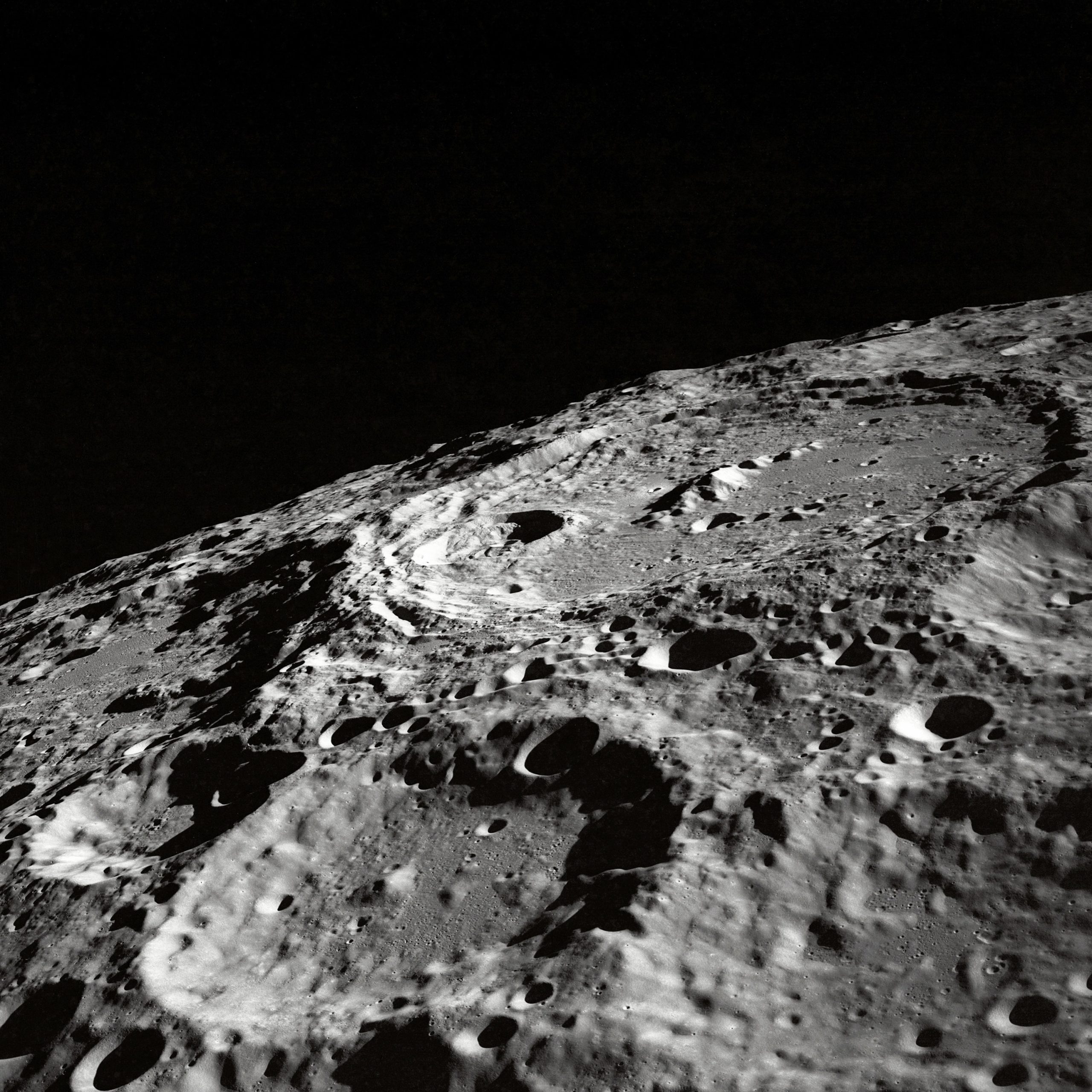The Hoodoo Calendar: A Guide to the Mystical Timekeeping System
Hoodoo, also known as conjure or rootwork, is a system of African American folk magic that has been passed down through generations. It is steeped in tradition, folklore, and cultural beliefs. One fascinating aspect of hoodoo is its unique calendar system, which plays a crucial role in understanding the timing and significance of various rituals, spells, and magical workings. In this blog post, we will delve into the intricacies of the hoodoo calendar, exploring its origins, structure, and how it is used in contemporary practice.
The Origins of the Hoodoo Calendar
The hoodoo calendar is deeply rooted in African spiritual traditions, specifically those of the Akan people of West Africa. The Akan have a rich history of astrology, divination, and timekeeping. Upon being forcibly brought to the Americas during the transatlantic slave trade, they adapted their spiritual practices to their new environment, giving rise to what we now know as hoodoo.
The Akan people recognized the importance of aligning their spiritual practices with natural cycles, seasons, and celestial events. They developed a complex lunar calendar that took into account the phases of the moon, the movements of the stars, and the change of seasons. This cosmic timekeeping system became the foundation of the hoodoo calendar.
The Structure of the Hoodoo Calendar
The hoodoo calendar consists of several key components, each with its own significance and purpose. Let’s explore them in detail:
1. Moon Phases
The lunar cycle forms the backbone of the hoodoo calendar. The moon is believed to exert a powerful influence on magical energies, making it essential to time spells and rituals accordingly. The moon has four primary phases:
- New Moon: Signifies new beginnings, making it an ideal time for setting intentions and starting new projects.
- Waxing Moon: Represents growth and expansion, a period to focus on attracting abundance and manifesting desires.
- Full Moon: Represents the peak energy of the lunar cycle, a time for heightened magical potency and divination work.
- Waning Moon: Symbolizes release and letting go, an opportunity to banish negativity and remove obstacles.
Each phase has its own unique qualities that practitioners consider when planning magical workings.
2. Days of the Week
In addition to the moon phases, the days of the week are also an essential aspect of the hoodoo calendar. Each day of the week is associated with a particular planetary energy and corresponding deities or spirits. Understanding these associations allows practitioners to align their work with the desired energies. Here is a breakdown of the planetary associations:
| Day | Planetary Energy | Associated Deities/Spirits |
|---|---|---|
| Sunday | Sun | Solar deities, prosperity spirits |
| Monday | Moon | Lunar deities, intuition, feminine energies |
| Tuesday | Mars | Warrior spirits, protection, courage |
| Wednesday | Mercury | Communication, intelligence, travel |
| Thursday | Jupiter | Luck, expansion, prosperity |
| Friday | Venus | Love, romance, beauty, creativity |
| Saturday | Saturn | Protection, grounding, banishing |
By aligning their practices with the days of the week, practitioners can tap into the planetary energies and work with the associated spirits more effectively.
3. Seasonal Observances
Hoodoo practitioners also pay close attention to the changing seasons. Different times of the year hold specific spiritual and magical significance. Some of the notable seasonal observances in hoodoo include:
- Ostara (Spring Equinox): Celebrated around March 21st, it symbolizes rebirth, new beginnings, and fertility. It is a time for planting seeds and initiating projects.
- Litha (Summer Solstice): Celebrated around June 21st, it marks the longest day of the year. It embodies the peak of magical energy and is ideal for manifestation and empowerment.
- Mabon (Autumn Equinox): Celebrated around September 21st, it signifies the harvest and the balance between light and dark. It is an excellent time for gratitude and reflection.
- Yule (Winter Solstice): Celebrated around December 21st, it marks the shortest day of the year. It represents introspection, renewal, and the return of light. It is a time for setting intentions for the coming year.
These seasonal observances help practitioners attune to the natural rhythms of the earth and harness the corresponding energies.
Contemporary Use of the Hoodoo Calendar
The hoodoo calendar, with its rich heritage and time-tested wisdom, continues to be utilized by modern practitioners. While some adhere strictly to the traditional ways, others adapt the calendar to their individual practices and cultural contexts. Regardless of the approach, the hoodoo calendar serves as a valuable tool for planning magical workings, setting intentions, and connecting with the unseen forces.
It is important to note that the hoodoo calendar, like any system of timekeeping, is deeply rooted in ancestral spirituality and cultural beliefs. It is essential to approach it with respect, reverence, and a willingness to learn from the traditions that have shaped it over centuries.
In Conclusion
The hoodoo calendar offers a fascinating glimpse into the world of African American folk magic and its connection with celestial and natural cycles. By aligning their practices with the moon phases, days of the week, and seasonal observances, hoodoo practitioners tap into powerful energies and ancient wisdom. Whether you are a curious observer or an aspiring practitioner, exploring the hoodoo calendar can deepen your understanding of this mystical tradition and its profound relationship with time.
Sources:
- Wikipedia – Hoodoo (folk magic)
- Lucky Mojo – History of Hoodoo
- Northern Traditional Roots – The Akan Foundation of Black American Hoodoo
Table of Contents
